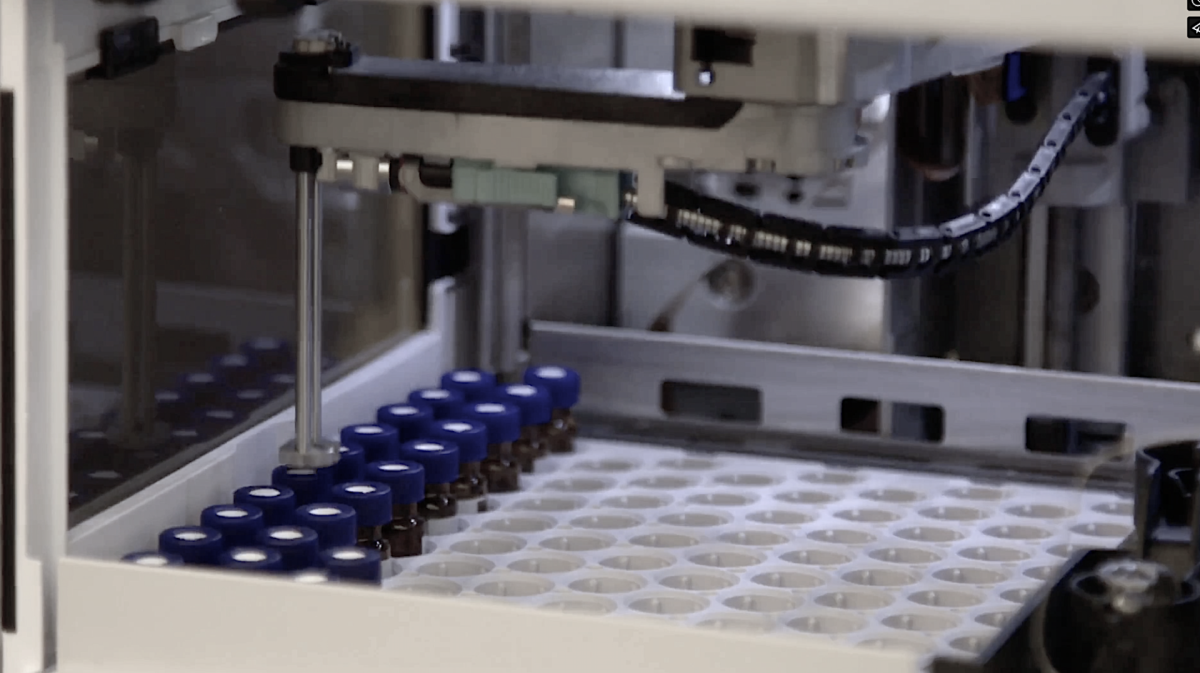Our skin, often dubbed the body’s canvas, is a marvel of nature. As our protective shield against environmental challenges and a crucial player in sensory perception, the skin’s health remains paramount. Consequently, the creation of dermatological drug products—those remedies designed specifically for skin maladies—becomes a compelling narrative of innovation, precision, and diligence.
The Nuances of Dermatological Drugs
Unlike general skincare products, dermatological drug products contain medicinal agents tailored to treat specific skin ailments. From combating severe conditions like eczema and psoriasis to addressing common concerns like acne or fungal infections, these products serve a pivotal role in healthcare.
The Genesis of a Dermatological Drug Product
- Conceptualizing the Cure: Any drug’s journey commences with identifying a need. Researchers and dermatologists pinpoint common skin concerns and work collaboratively to outline potential therapeutic agents.
- The Formulation Blueprint: Creating a drug is a blend of art and science. Active ingredients, responsible for therapeutic action, are combined with carriers, stabilizers, and other agents. The goal? A stable, effective, and patient-friendly product.
- Prototyping and Pilot Batches: Before large-scale production, small batches are produced for initial testing. This ensures the formula’s efficacy and safety while enabling tweaks based on feedback.
- Validation and Quality Assurance: Manufacturing plants operate under strict guidelines. Every stage, from ingredient sourcing to the final drug creation, undergoes stringent quality checks to ensure the product’s potency, safety, and stability.
- Sterilization and Preservation: Dermatological drugs, being applied to potentially compromised skin, must be free from contaminants. Employing advanced sterilization techniques ensures these products remain uncontaminated and safe.
- Purposeful Packaging: The container isn’t just about aesthetics. It’s about protection. Whether it’s an ointment in a tube, a lotion in a bottle, or a gel in a pump dispenser, packaging plays a critical role in preserving the drug’s efficacy.
- Distribution and Beyond: Once the drug product is ready, it is sent to pharmacies, hospitals, and clinics. But the journey doesn’t end here. Post-market surveillance ensures any potential issues are quickly identified and rectified.
The Roadblocks on the Path
Creating a dermatological drug product is no cakewalk. Challenges arise at every corner:
- Ingredient Sourcing: The quest for high-quality, consistent ingredients is perpetual.
- Regulatory Hurdles: Every region has its set of regulations. Navigating this labyrinth is crucial for global availability.
- Consumer Demands: As consumers become more knowledgeable, their demands evolve. Natural ingredients, sustainable sourcing, and eco-friendly packaging are just a few of the contemporary concerns manufacturers address.
Behind every dermatological drug product lies an intricate dance of science, perseverance, and an unwavering commitment to enhancing skin health. These products, often taken for granted, embody the relentless spirit of countless professionals, ensuring our skin remains at its healthiest best. As we move forward, innovations in biotechnology and pharmacology promise an even brighter future for dermatological care.

